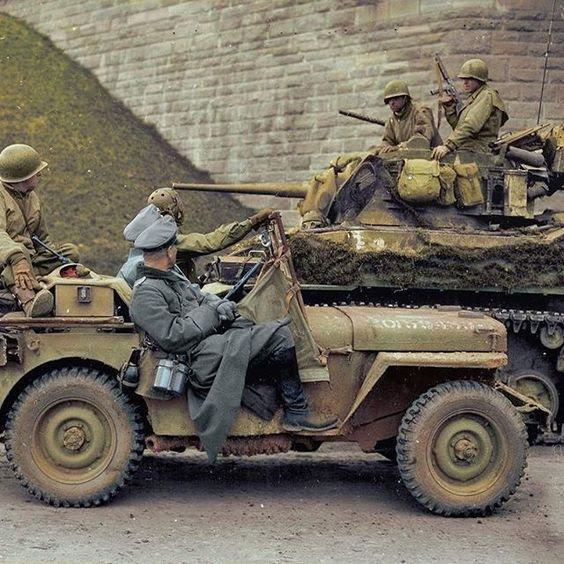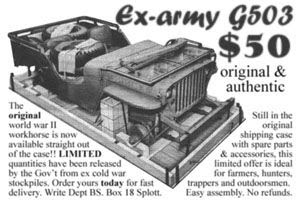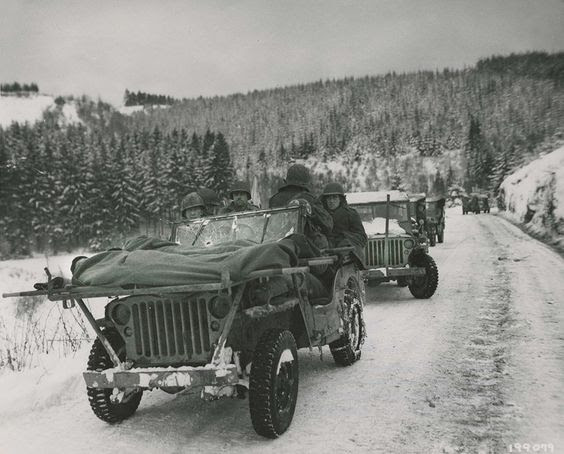One question we often hear from new hams (and maybe some not-so-new hams) is “why can’t I get into the repeater?” They get their hands on a new radio, set it up to use one of the local repeaters and it’s not working. Now what?
There can be a whole bunch of reasons why you can’t get into a repeater so it is difficult to come up with a quick fix for all situations. However, in this article we’ll talk about some basic troubleshooting steps to help diagnose the problem. For this article, I am assuming that your first rig is a handheld vhf/uhf transceiver but the general approach will work with mobile or base transceivers, too.
FOT
Many times the problem is due to not having the transceiver programmed correctly. The key things we have to pay attention to are: Frequency, Offset and Tone (FOT). To access a repeater you need to have its Frequency entered into your radio, have its transmit Offset set correctly and have the right CTCSS Tone turned on. You might not need to check all of these things in that exact order but it is a good way to approach the problem. Using the programming software (and suitable cable) for your radio can be a big help.
Frequency –First you need to program in the frequency of the repeater you want to access. The actual key strokes or knob turns will depend on the particular model of radio so consult your operating manual. The frequency you enter is the repeater transmit frequency which will be your receive frequency. Repeaters are always referred to by their transmit frequency, which can be found in an online or printed repeater directory.
Offset – Next, we need to make sure the proper transmit offset is programmed into the radio. This is the difference in frequency between the repeater transmit frequency and its receive frequency. Your transceiver will automatically shift your frequency when you transmit, if you have the right offset programmed. In most parts of the US, the standard offset is 600 kHz on the 2m band and 5 MHz on the 70cm band, and can be either in the positive (+) or negative (-) direction. Your repeater directory will list the offset and direction. Most radios will default to the standard offset but you may have to select + or – offset. Usually a + or – symbol will appear in the display to indicate the offset selected.
As an example, my repeater is on 447.725 MHz with a – 5 MHz offset. So you would enter 447.725 MHz into your radio, make sure the offset is set to 5 MHz and select – as the offset direction. You can verify that your radio is programmed correctly if you see 447.725 MHz displayed during receive, which should change to 442.725 MHz when you push the transmit button.
Tone – For most repeaters, you will need to transmit a CTCSS tone to access the repeater. (CTCSS is Continuous Tone Coded Squelch System.) Repeaters with carrier access do not require a tone, so you can skip this step. This is normally a two-step process: set the tone frequency and then enable the tone. Sometimes this is done with one selection (with “Off” being an option for the tone frequency). Some radios have separate settings for the transmit tone and receive tone. For now, just leave the receive tone off, since it can be a source of confusion. The tone that you need to set is your transmit tone. Most radios display a “T” somewhere on the display when the tone is enabled. Again, check your operating manual.
Kerchunk
At this point, you should be ready to try accessing the repeater. After listening on frequency for a minute, transmit and identify using your callsign. On most repeaters, you will hear a short transmission coming back from the repeater along with a courtesy beep. A courtesy beep is just a short audio tone or tone sequence that occurs after someone finishes transmitting. If you hear the beep, then you accessed the repeater. Congratulations! Go ahead and make a call and see if someone will come back to you.
Troubleshooting
What if you don’t hear the repeater coming back to you? Then we need to go into troubleshooting mode. If the radio is new, you might wonder if it is even working properly. The quality level of today’s equipment is quite good, so most likely your radio is just fine. Still, you may want to check it out.
First, you can check to make sure your radio is receiving properly. In the US, a good way to do this is to tune into your local NOAA weather transmitter.These transmitters are on the air continuously, operating on 162.400, 162.425, 162.450, 162.475, 162.500, 162.525 or 162.550 MHz. These frequencies are outside of the 2m ham band but most ham transceivers are able to listen to these frequencies. You’ll want to set this frequency as simply as possible…use the keypad or VFO mode to enter it directly. In most cases, you can just try the short list of frequencies until you hear the transmitter in your area.
Next, you might want to know that your radio is able to transmit a signal. The best way to do this is find a local ham nearby that can run a simplex check with you. By nearby, I mean within 5 miles or so, because we want someone so close that there is no question about whether they should be able to contact us. Program your radio to a 2m simplex frequency such as 146.52 MHz (the National 2m FM Simplex Frequency). For this test, we do NOT want the transmit offset turned on…the radio needs to be set to simplex. You can double check this by looking at the display when transmitting—it should show 146.52 MHz (transmit frequency is the same as the receive frequency). For this test, we don’t care about the transmit tone…it can be on or off. Have the other ham give you a call and see if you can contact him. If you happen to have a second transceiver, you can try this test yourself – just see if each radio can hear the other one. One warning: do this on a simplex frequency. Trying to go through a repeater can really confused things because you may not have the offset and tone set properly. Even more confusing is that one radio can “desense” the other radio, which means that the other radio’s receiver will be overloaded and not able to receive the repeater’s signal. Using simplex keeps things simple.
The final thing to check is whether your signal is able to reach the repeater. Well, that is a bit of a challenge! For starters, are you sure you are within range of the repeater? Have you ever heard a signal from this repeater, and was it full scale on your S meter? You may want to ask local hams about whether you should be able to hit the repeater from your location with the radio you are using. For that matter, you might want to check if the repeater is actually on the air – they do go down from time to time.
This brings us to an important point about the use of handheld transceivers. They are really, really handy. How else can you carry a complete ham radio station in your hand? Well, the tradeoff is that an HT operates with relatively low power (5 watts or less) and has a compromised antenna. (The standard rubber duck antenna on an HT is a very convenient crummy antenna.) You may need to add some extra umph to your signal by improving the antenna. Some good dualband choices are a longer whip such as the Diamond RH77CA, SRH77CA, or SRJ77CA or a magnetic-mount mobile antenna placed on a vehicle or on other metal object.
Summary
In this article, I’ve tried to provide some assistance in figuring out why you aren’t hitting the repeater. The most common problem for newly acquired radios is getting them programmed (remember FOT: Frequency Offset and Tone). Once you have that right, it is usually just making sure that you have enough signal to make it to the repeater.
73, Bob K0NR






 The Transmission
The Transmission

















 Now that’s a kit I would like to have.
Now that’s a kit I would like to have.


 I
I













